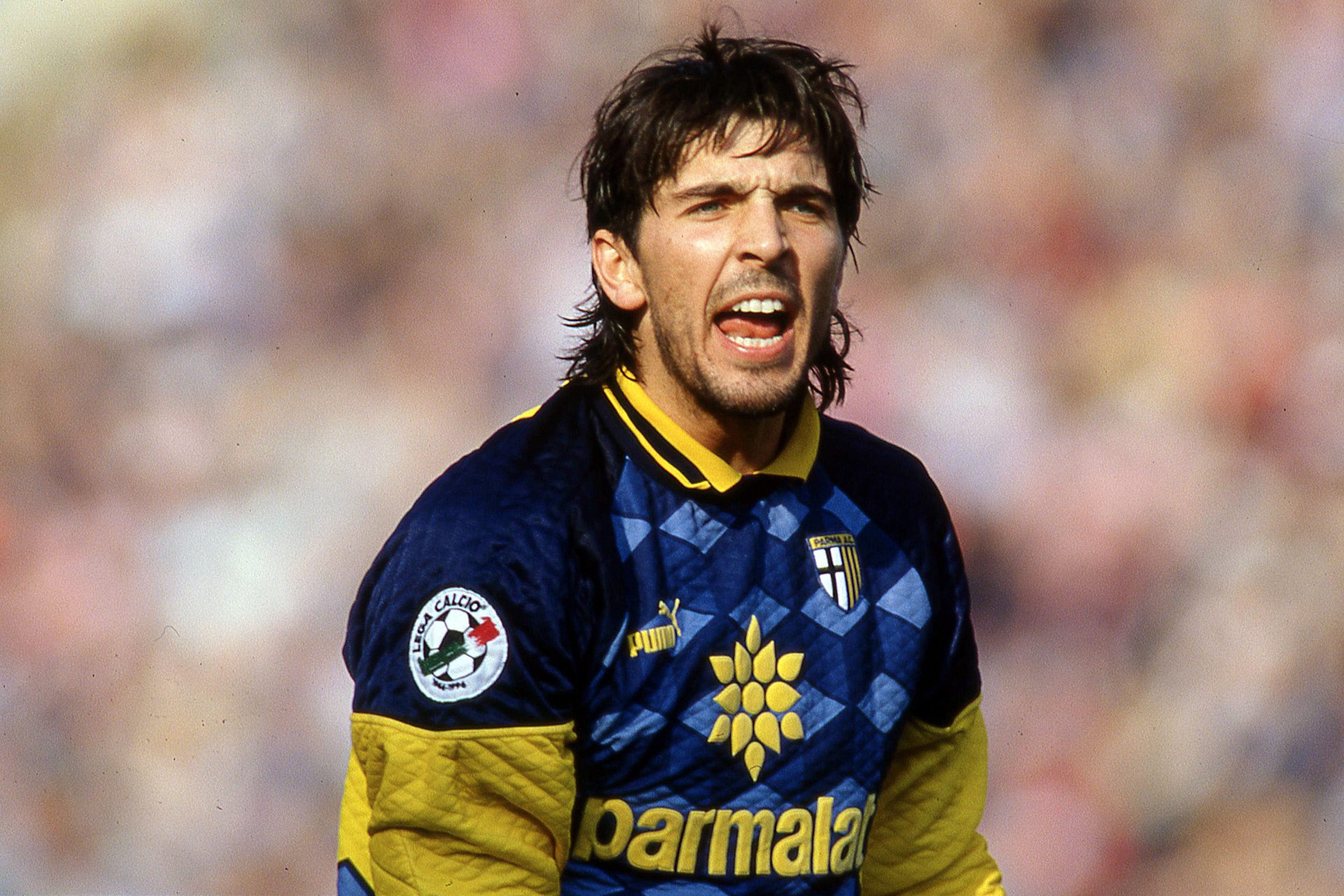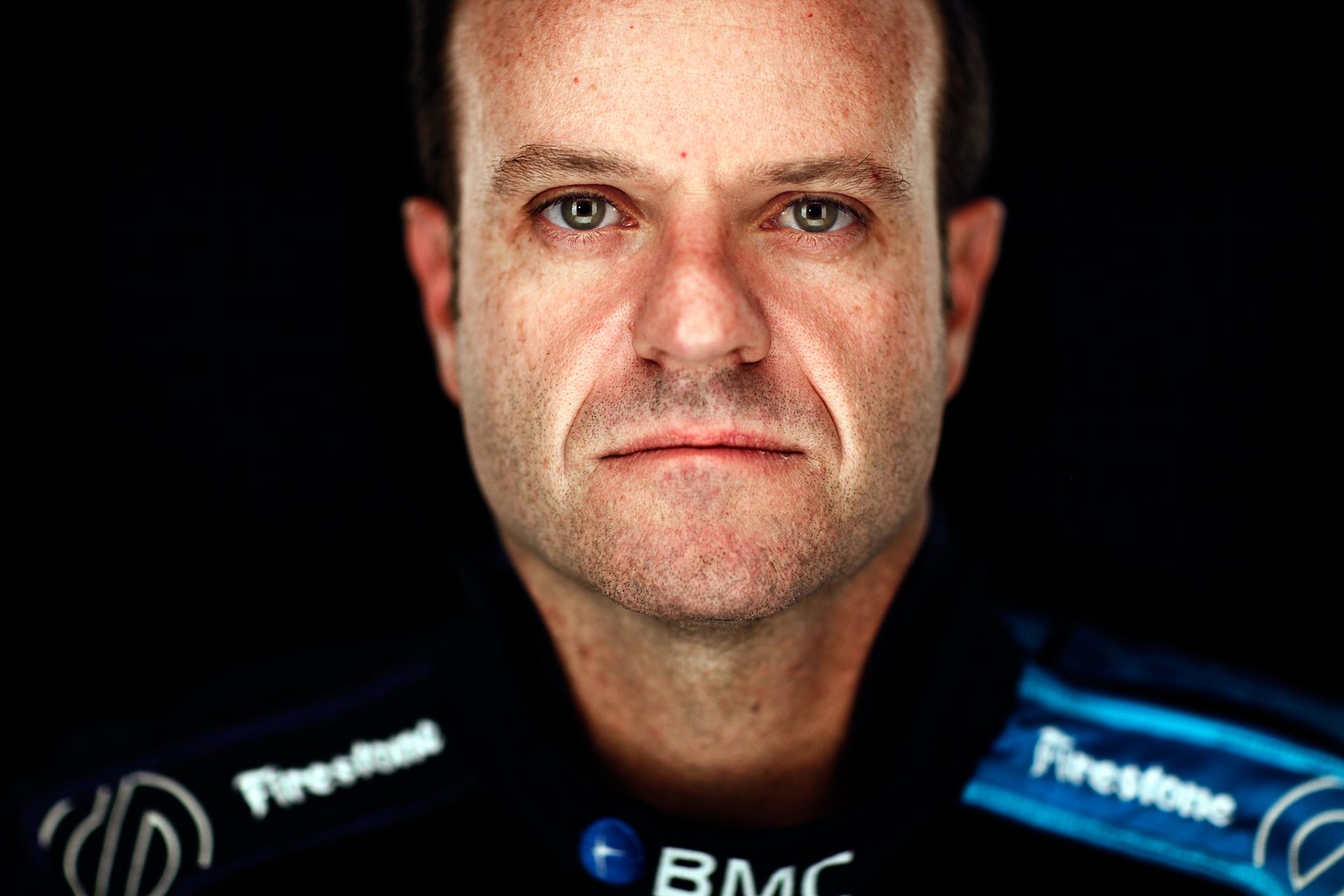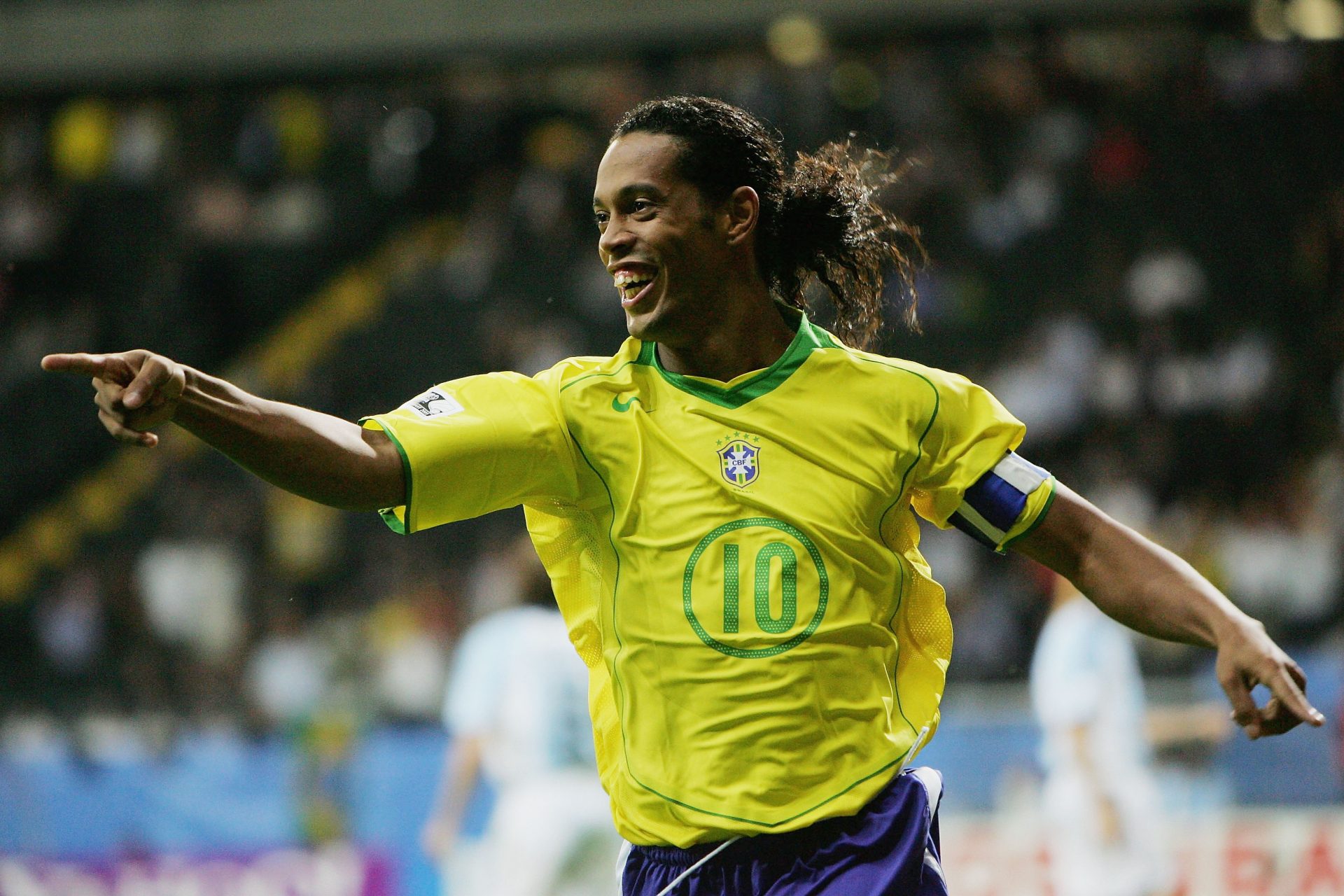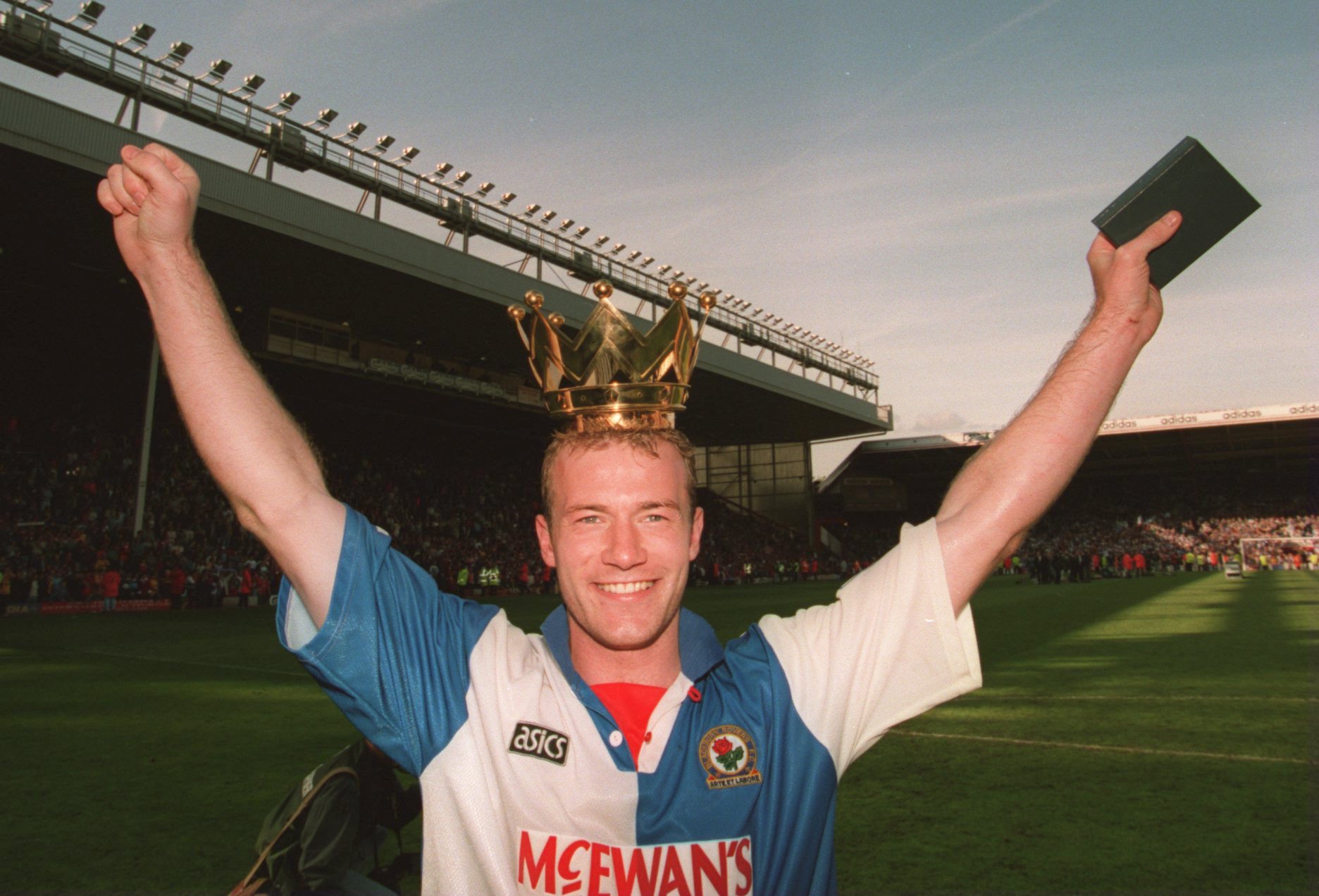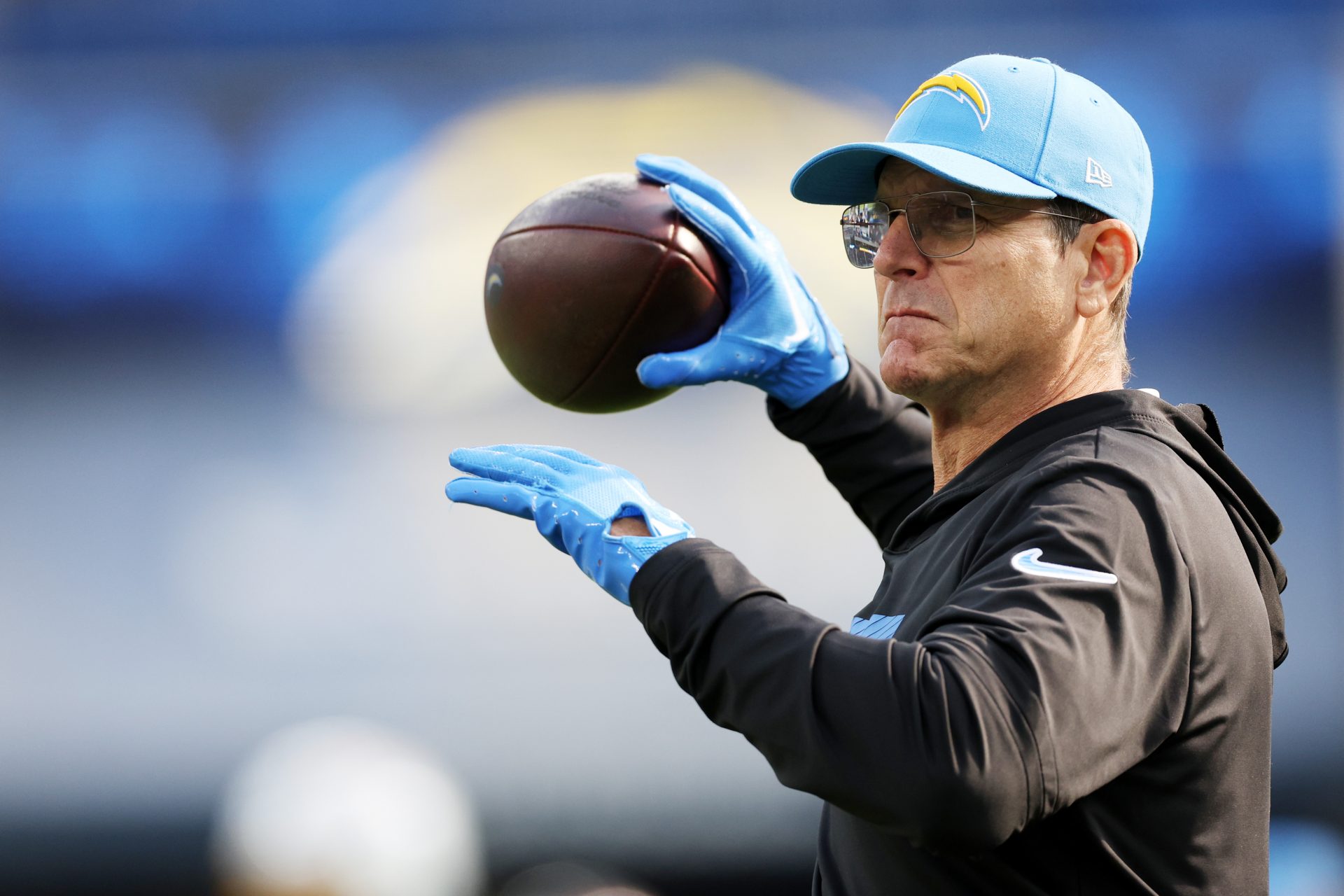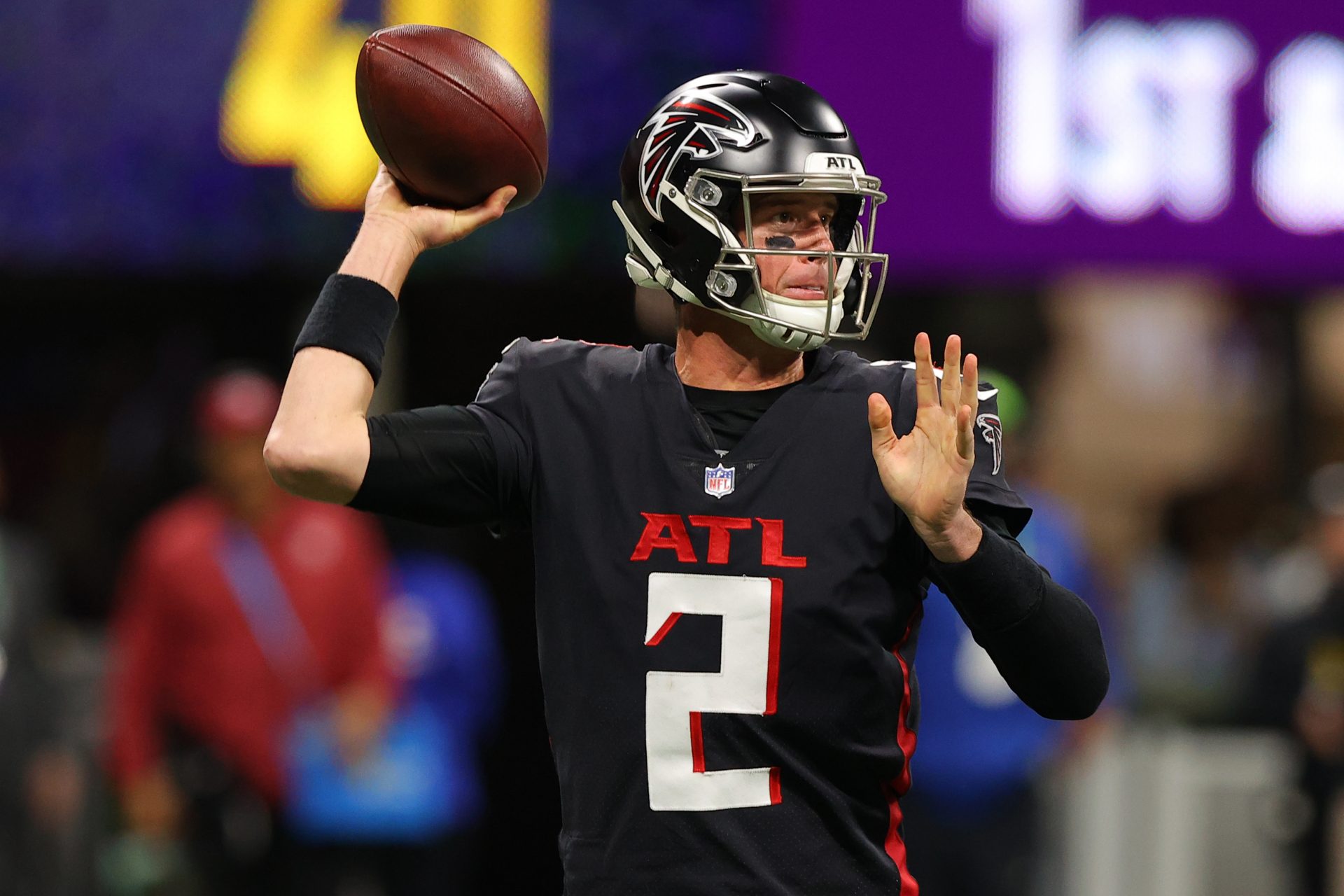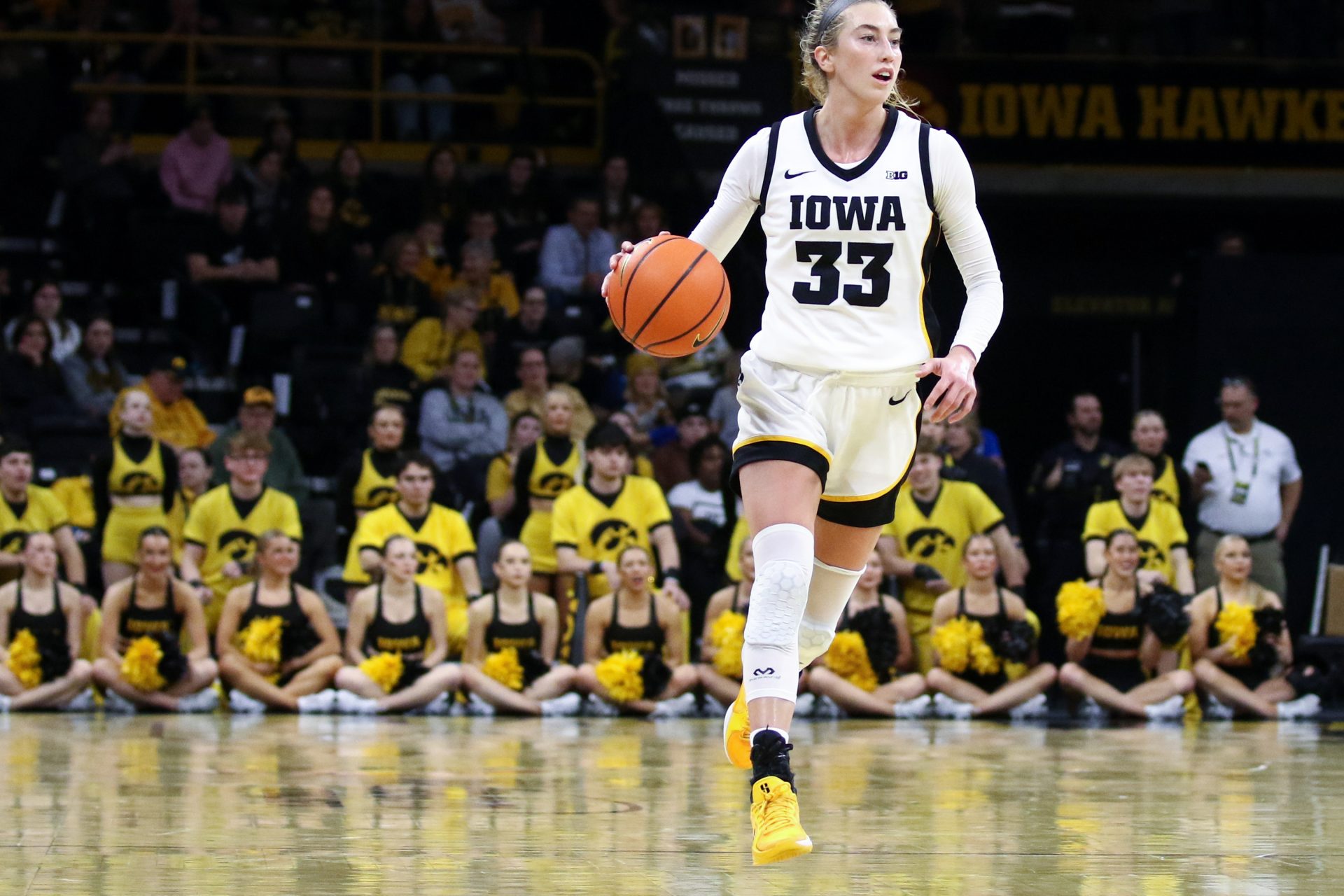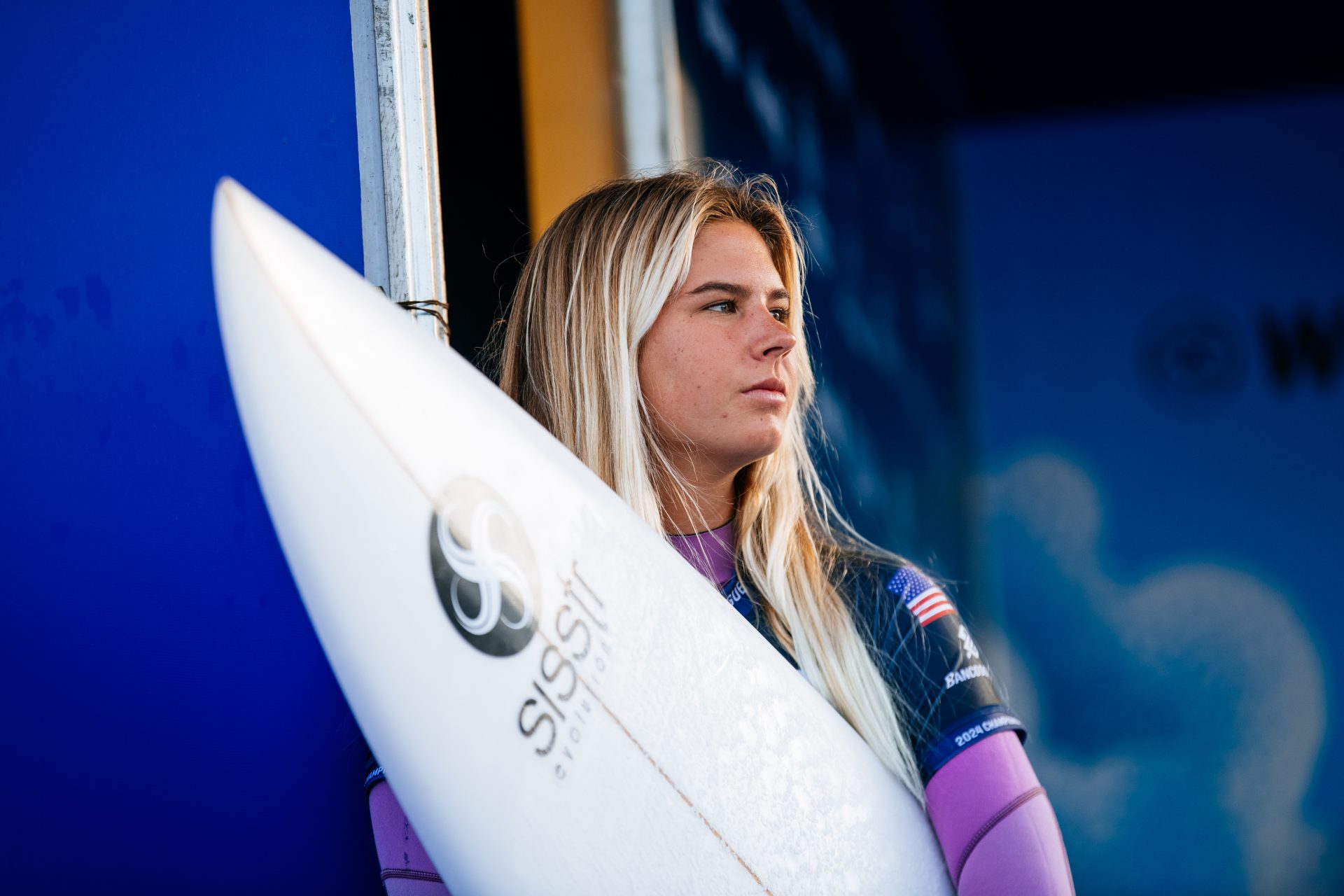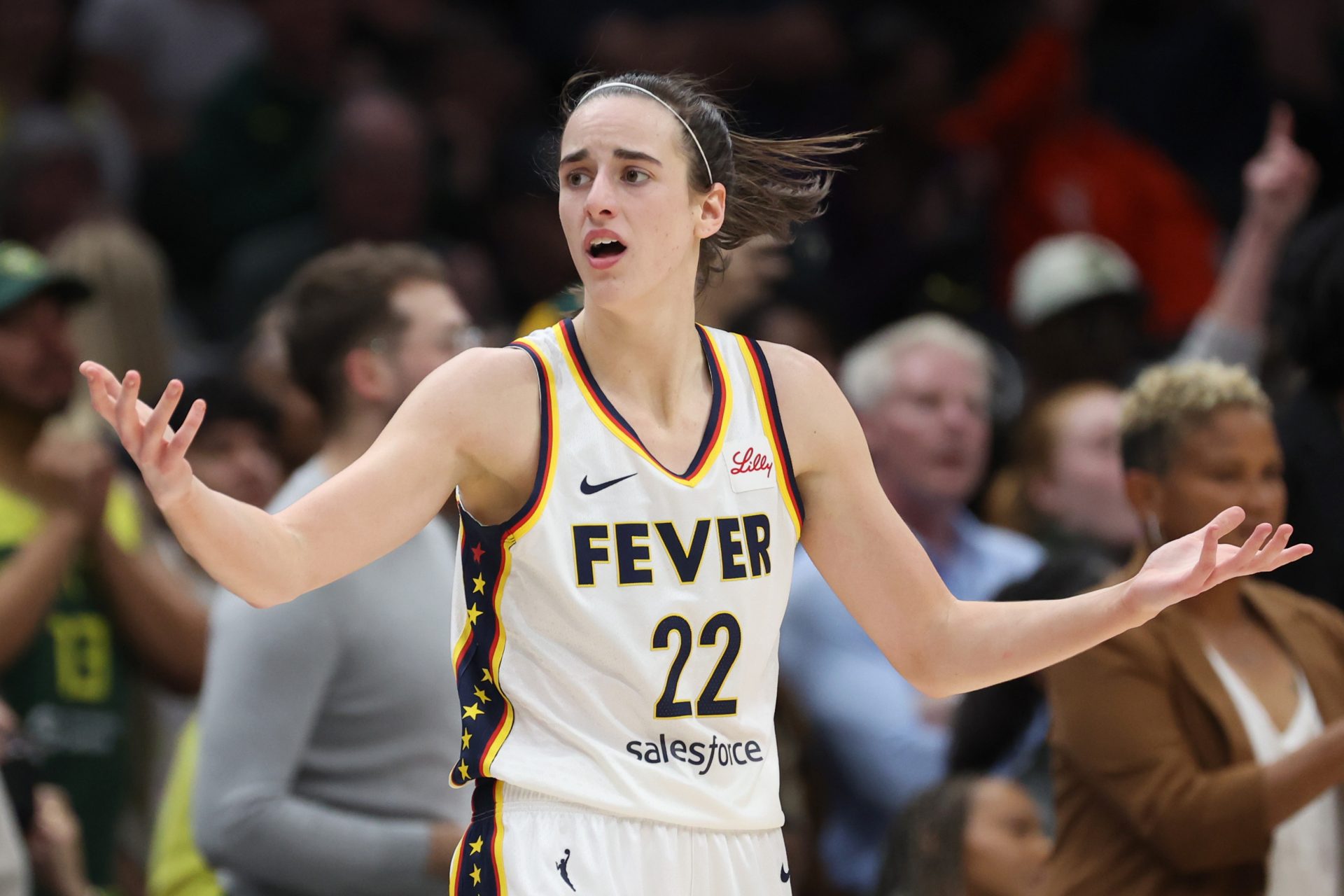Major League Baseball's biggest scandal is back
Back in 2021, Insider sports columnist Bradford William Davis shocked the baseball world when he revealed that officials from Major League Baseball had been using two different baseballs during gameplay—with one being both lighter and bouncier than the other.
Meredith Wills—an award-winning astrophysicist and avid baseball fan—spent years collecting MLB game balls to see if she could decipher any changes between balls being used at different stadiums.
Wills worked to reverse engineer the design of different balls that spanned over 20 seasons and published her findings. Want to know what her conclusions found?
Throughout the course of her research, Wills not only found differences in balls, she actually discovered that Major League Baseball’s manufacturer Rawlings was producing two different and distinct types of balls during the 2021 season.
MLB officials acknowledged and confirmed that the league had been using two different balls in their gameplay. But blamed the situation on Covid-19 production issues.
"Every baseball used in a 2021 MLB game, without exception, met existing specifications and performed as expected," the league said in response to Wills’ study.
"Rawlings manufactures Major League balls on a rolling basis at its factory in Costa Rica," the statement continued.
"Generally, balls are produced 6-12 months prior to being used in a game,” the statement added, however, “Rawlings was forced to reduce capacity at its manufacturing facility due to the COVID-19 pandemic,” and the “supply of re-centered baseballs was not sufficient to cover the entirety of the 2021 season.”
To address this issue, MLB allowed Rawlings to incorporate excess inventory into its ball shipments to various baseball clubs to provide the full complement needed for the 2021 baseball season.
Unfortunately for MLB, the original Insider article, Bradford William Davis spoke to 24 people from MLB players to coaches to scouts and discovered that many expressed “ surprise, alarm, curiosity, skepticism, and frustration” with how MLB handled the ball situation.
"Even if it's not on purpose," an anonymous scout told Davis, "It's exactly the same as throwing a foreign substance on the ball."
The lack of transparency even led some to question the integrity of the game and it sparked an online conspiracy that MLB had been fixing games to make them more or less exciting based on what the league demanded at the time.
“What if MLB sent a disproportionate number of either ball to a specific park or for a specific set of games, putting its thumb on the scale to create more or less scoring?” Davis questioned in his article.
Apparently, Davis wasn’t alone in his line of thinking. One unnamed National League pitcher who replicated Wills’ study told Davis that maybe quietly fixing games was exactly what the MLB was doing…
"You know, send a bouncier baseball, lighter baseball — whichever flies more — to a primetime series," the National League pitcher said. Adding that the two-ball situation could have a lot of implications for MLB’s then-emerging gambling partnerships saying there was "a lot of money at stake there.”
To be clear, there was no real evidence that the MLB had been sending specific balls to specific teams. But the mere fact that they didn’t have uniform balls across the board for every team didn’t sit well with most fans or players.
Unfortunately the controversy kind of died off and was relegated to the back corners of the internet baseball conspiracy websites. At least until news broke this year that MLB used two types of balls again this year and that there may have even been a third.
At a 2022 All-Star Game press conference in July, MLB commissioner Rob Manfred again confirmed that the league had used two different baseballs in the 2021 season but promised a new manufacturing process was producing “ a more consistent baseball."
But according to a new analysis from Meredith Wills on 200 balls used during games in the 2022 season, MLB didn’t use just on consistent balls, they actually used three.
In addition to their lighter ball and deader ball, MLB also used a ball with a weight that centered somewhere between the balls from the previous season and is being called the Goldilocks Ball.
“It is, on average,” Bradford William Davis noted, “about one-and-a-half grams lighter than the juiced ball and one gram heavier than the dead ball.”
This new revelation has left everyone from players to fans stunned and officials from MLB have called the research "wholly inaccurate and just plain wrong,” according to Davis.
So what should be believed? It’s hard at this point to not consider that there are more sinister motives at play. But again, there is little proof that anyone is actually using differently weighted balls to fix baseball games.
In the end, fans will just have to wait and see what happens. Unfortunately, it does seem like nothing will change, a sentiment that Philadelphia Phillies outfielder Nick Castellanos certainly shares.
More for you
Top Stories




























